|
We present in HESSD an extensive stable isotope data set gathered by the Surface Hydrology and Erosion group at IDAEA-CSIC, Barcelona. Our study sheds light on the hypothesis of “ecohydrological separation” that was stated in the seminal paper by Brooks et al. (2010) almost ten years ago. Their publication initiated many stable isotope (2H and 18O) studies in ecohydrology, tree physiology, and vadose zone hydrology. However, the mechanism of how two subsurface water pools of different isotopic compositions evolve and persist are not yet understood.
This lack of understanding is partly due to insufficient sampling frequencies of isotope data in the field. We overcome this limitation by a unique sampling design gathering isotope data of mobile and bulk soil water, rainfall, groundwater, and stream water in a fortnightly frequency over 8 months. We further extended our study by four years using long-term stable isotope and soil moisture data to reveal that the seasonal dry down of the soil and the wetting up of the soil pores with isotopically distinct rainfall can explain the disjunct isotopic compositions of water that is either stored in the soil or routed quickly to the groundwater and streams. Our findings provide the scientific basis to refute the often-made assumption in environmental modelling that water is well mixed in the subsurface. We further provide suggestions on how to implement our findings in future modelling frame works, by accounting for pore scale variability of water transport.
0 Comments
I am happy to see the blog for the European Geosciences Union (EGU) Hydrological Sciences Section online. Together with Maria-Helena Ramos, Bettina Schaefli, Giulia Zuecco, and Wouter Berghuijs, I will organize this new platform for the hydrological sciences community. We aim for this blog to be driven by the EGU HS section and we thus welcome suggestions for blog posts and contributions from everyone interested. You have an idea? Then, please contact me and we will work on adding it to the list of future blog posts. Find more info about the motivation and scope of the blog here.
During my visit at the Center for Agricultural Resources Research in Shijiazhuang, Hebei last summer, I got involved in the work by master student, Meijia Zhu, who gathered an impressive hydrochemical data set in the Xiong’an New Area. I learned that this area will provide new housing for the ever growing region around the Chinese capital. However, the North China Plain, where these developments take place is characterized by a dramatic drop in the groundwater levels over the last decades due to its over consumption; mainly for agricultural use. Due to the water scarcity related to the groundwater mining, rivers, are running dry. To counter this development water gets regularly transferred from other basins (see Figure 4). Though, often, the river flow is dominated by sewage water from urban areas. The work lead by Meijia Zhu now shows that this sewage water is not only affecting the water quality of Lake Baiyangdian, largest freshwater lake, but it also aggravates the underlaying groundwater body. We see, that the Chloride and electrical conductivity increases along the groundwater underlying studied river that flows into the Lake Baiyangdian (see Figure 6). We used end-member mixing analysis to show the ratio groundwater recharge sourced from either rainfall, lake water, or river water (see Figure 9). The study shows clearly how the groundwater body is not only threatened by depletion, but that the combination of over use and sewage disposal into rivers affects the groundwater challenging the water supply of the new developing Xiong’an New Area.  Figure 9. d18O values versus Cl- concentrations of the groundwater and end-members. The mean values of Cl□ concentration and stable isotopes of the Fu River water in seasons without the influence of the precipitation and transferred water (samples collected in January 2018 and March 2018) were taken as values of one end-member that reflects sewage influence. The manuscript to this study is openly available here.
Zhu M, Wang S, Kong X, Zheng W, Feng W, Zhang X, Yuan R, Song X, Sprenger M (2019): Interaction of Surface Water and Groundwater Influenced by Groundwater Over-Extraction, Waste Water Discharge and Water Transfer in Xiong'an New Area, China, Water, 11(3), 539, doi: 10.3390/w11030539. We are welcoming contributions to a special issue in Hydrology and Earth System Sciences. The idea to this special issue arose out of successful conference sessions held at EGU and AGU. This special issue will bring together the vibrant ecohydrological community addressing a better understanding of hydrological processes taking place from the canopy to the root zone. Many of these dynamic interactions between vegetation and soil affecting water, isotope and solute fluxes are not yet well understood. The special issue should therefore further address open questions and new opportunities within the ecohydrological community regarding methodological developments such as the analysis of stable isotope, soil moisture, throughfall or solute dynamics. We keep the submission open for all submissions within its scope. The editors for this special issue are Natalie Orlowski, Matthias Sprenger, Josie Geris, Pilar Llorens, Lixin Wang, and Miriam Coenders-Gerrits. Please contact us in case you have questions regarding manuscript submissions.
Looking forward to the EGU General Assembly, where I will present the first time work I currently conduct with the Surface Hydrology and Erosion Group, Institute of Environmental Assessment and Water Research (IDAEA-CSIC), Barcelona, Spain. My analysis and interpretation of a stable isotope data set gathered by my colleagues from Barcelona will be briefly presented in a PICO session and I hope to welcome many peers at the screen afterwards for some discussion. I am sure there will be lots to talk about with this extensive and exciting data set from the Vallcebre catchment in the SE Pyrenees that shows distinct compositions in the mobile and bulk soil waters. Also Frencesc will present latest work from the long-term research catchment and he will focus on the young water fraction different compartments.
While both of these presentations will be on Tuesday, make sure to stay until Friday, as this the day when we will have the session on "Water, isotope and solute fluxes in the soil-plant-atmosphere interface: Investigations from the canopy to the root zone " (see earlier post below).
There will be an interesting session on "Water, isotope and solute fluxes in the soil-plant-atmosphere interface: Investigations from the canopy to the root zone" at this year's EGU General Assembly in Vienna. There are lots of exciting studies in the program contributing to
a poster session on Friday, 12 Apr, 10:45-12:30 and two oral slots Friday, 12 Apr, 14:00-18:00, Room 2.25! Make sure to arrange your travel plans to enable your participation on the last conference day! The session's description: During the passage of precipitation through the soil-plant-atmosphere interface, water and solutes are redistributed by the plant canopy, subsurface flow and transport processes. Many of these dynamic interactions between vegetation and soil are not yet well understood. This session brings together the vibrant community addressing a better understanding of ecohydrological processes taking place between the canopy and the root zone. Innovative methods investigating throughfall, stemflow, hydraulic redistribution, and root water uptake in various environments shed light on how water and solutes are routed in the thin layer covering the terrestrial ecosystems. The session further covers open questions and new opportunities within the ecohydrological community regarding methodological developments such as the analysis of stable isotope, soil moisture, throughfall or solute dynamics. Invited speakers: Daniele Penna (University of Florence, Italy) Darryl Carlyle-Moses (Thompson Rivers University, Canada) I am looking forward to attending Fall Meeting of the American Geophysical Union held this year in Washington D.C. It is always a great way to learn about latest research developments, get to know and meet again interesting people.
I will open the oral session on Hydrochronology: Advances in Tracer Methods and Modeling of Residence Times in Hydrology (H11G) on Monday morning at 8:00 am. The talk on "Towards improved travel time estimates that account for interfaces in the hydrological cycle" will present thoughts and ideas initiated during a Workshop on Water Ages in the Hydrological Cylce held in October 2018. We are currently preparing a review article and I will use the opportunity at AGU to show the current state of our effort to bring together challanges and opportunities for travel time analysis in critical zone science. I will further chair together with Natalie Orlowski, Todd Dawson, and Stephen Good the oral (H22H) and poster session (H22P) on Stable Isotopes in the Critical Zone: Methods, Applications, and Process Interpretations on Tuesday morning and afternoon. I am also involved in Theresa Blume's invited talk on The value of long-term observations for hydrological event response analysis (H11C-07). She will present methods and data we applied and gathered within the CAOS project, in which I was working during my PhD studies.
You are invited to submit your study to a special issue on "Hillslope Hydrology: Towards Improved Process Understanding Using Modeling and/or Field Observations" in the open access journal Water. If you are working currently on a hillslope study and plan to submit the results of your investigations in 2019, please consider this special issue that I organize together with Jaromir Dusek, Ali Ameli, and Shiqin Wang. Deadline for submission will be December 2019 and please do not hesitate to contact us if you have questions. Info can be found on the homepage and in the flyer (PDF download).
We are organizing again a session on "Stable isotopes to study water and nutrient dynamics in the soil-plant-atmosphere continuum" for the European Geoscience Union General Assembly. It will be the third year that we invite abstracts to this topic and we are looking forward to hear about the recent developments in the field of stable isotope applications in soil plant interactions. The session was well-received in the last years with a full room during the interesting talks in our oral session and many inspiring discussions at the posters. We hope to attract once again many scientists and welcome abstract submission until January 10, 2019. https://meetingorganizer.copernicus.org/EGU2019/session/31635
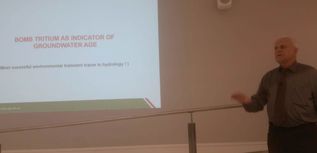 Kazimierz Rozanski presenting at the seminar. Kazimierz Rozanski presenting at the seminar. I was happy to take part in a seminar on "Isotopes and environmental tracers in hydrology" organized by the Water Resources and Environmental Engineering group at the University of Oulu, Finland. On two days, we heard about latest applications of tracers and discussed recent developments in tracer hydrology. On the third day, I served as an opponent for a PhD defense, which meant that I discussed with the PhD student their thesis over 90 minutes. For the rest of the week, I joined the research group for a field campaign at the Pallas-Yllästunturi-Nationalpark to take for example soil samples for stable isotope analysis and install snow lysimeters. It was a week full of exciting research, great discussions and stunning landscapes. I am looking forward to go back to Finland next year due to funding by the German Hydrolgical Society. |
Archiv
May 2022
Kategorien
All
|
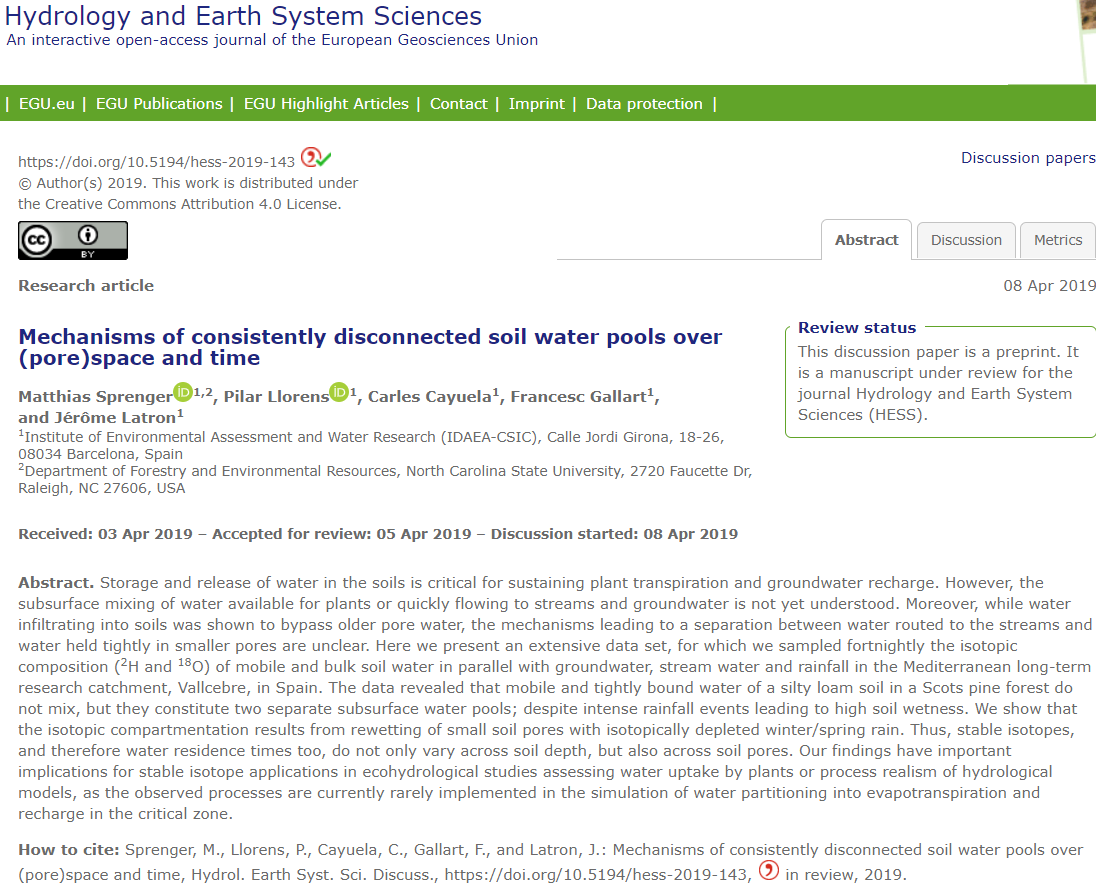
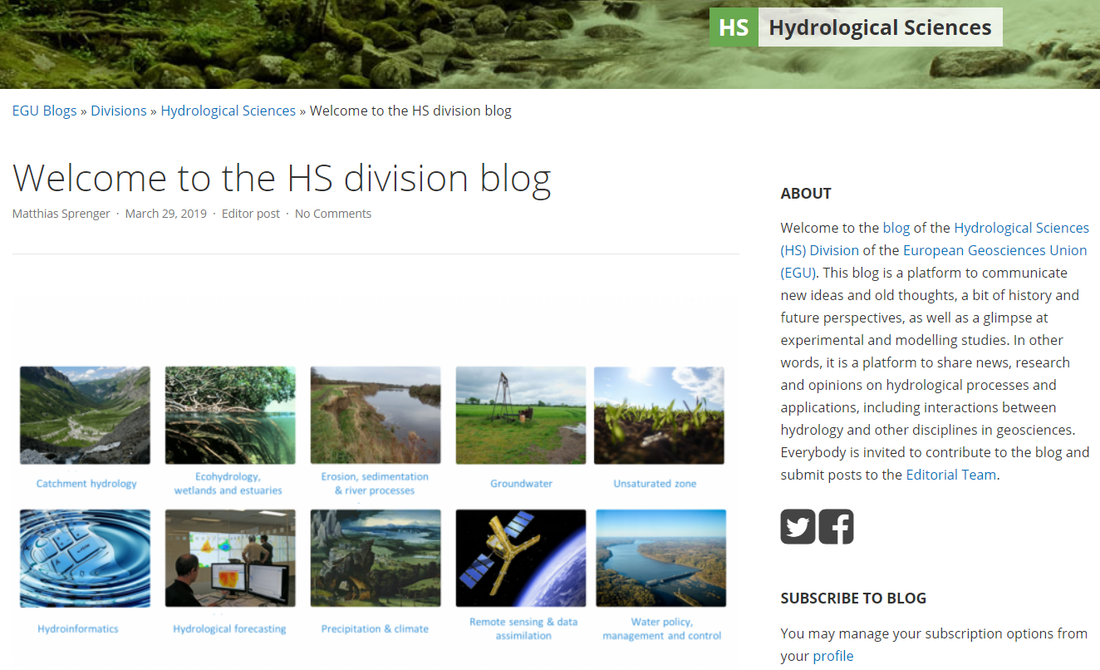
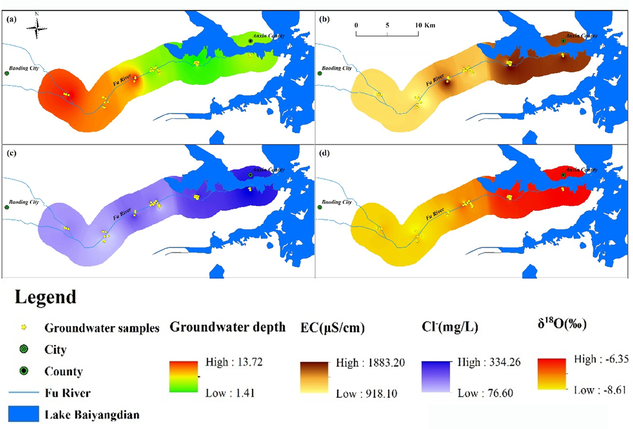
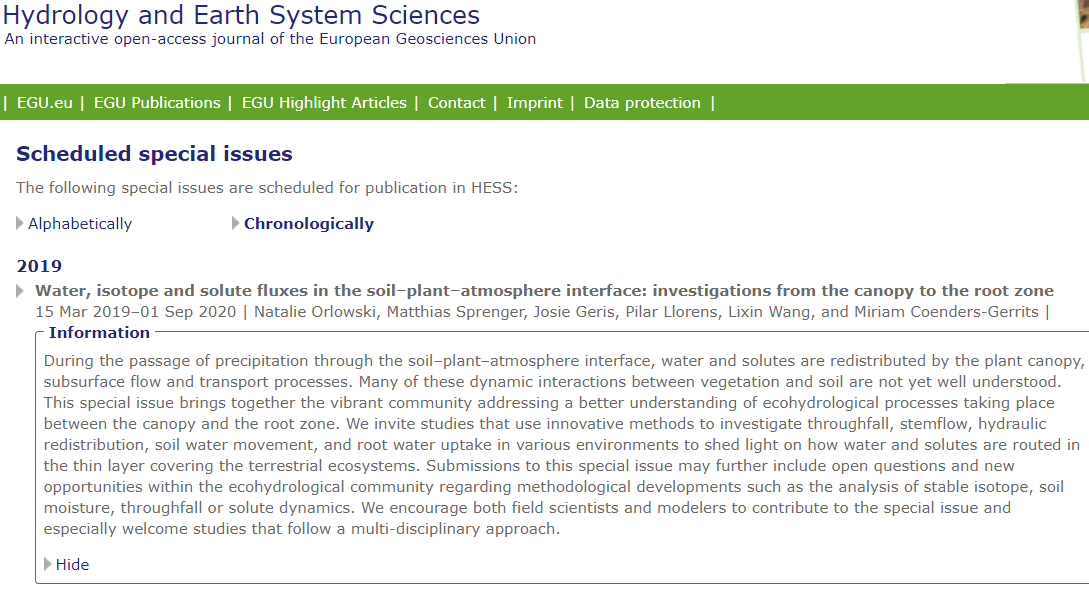
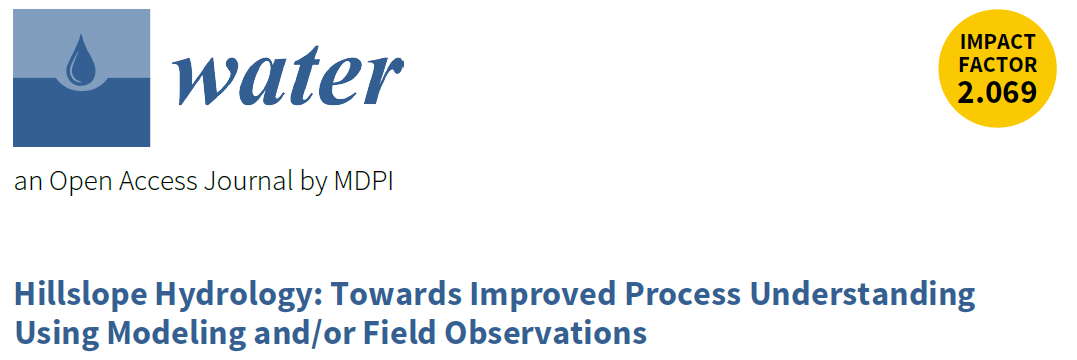
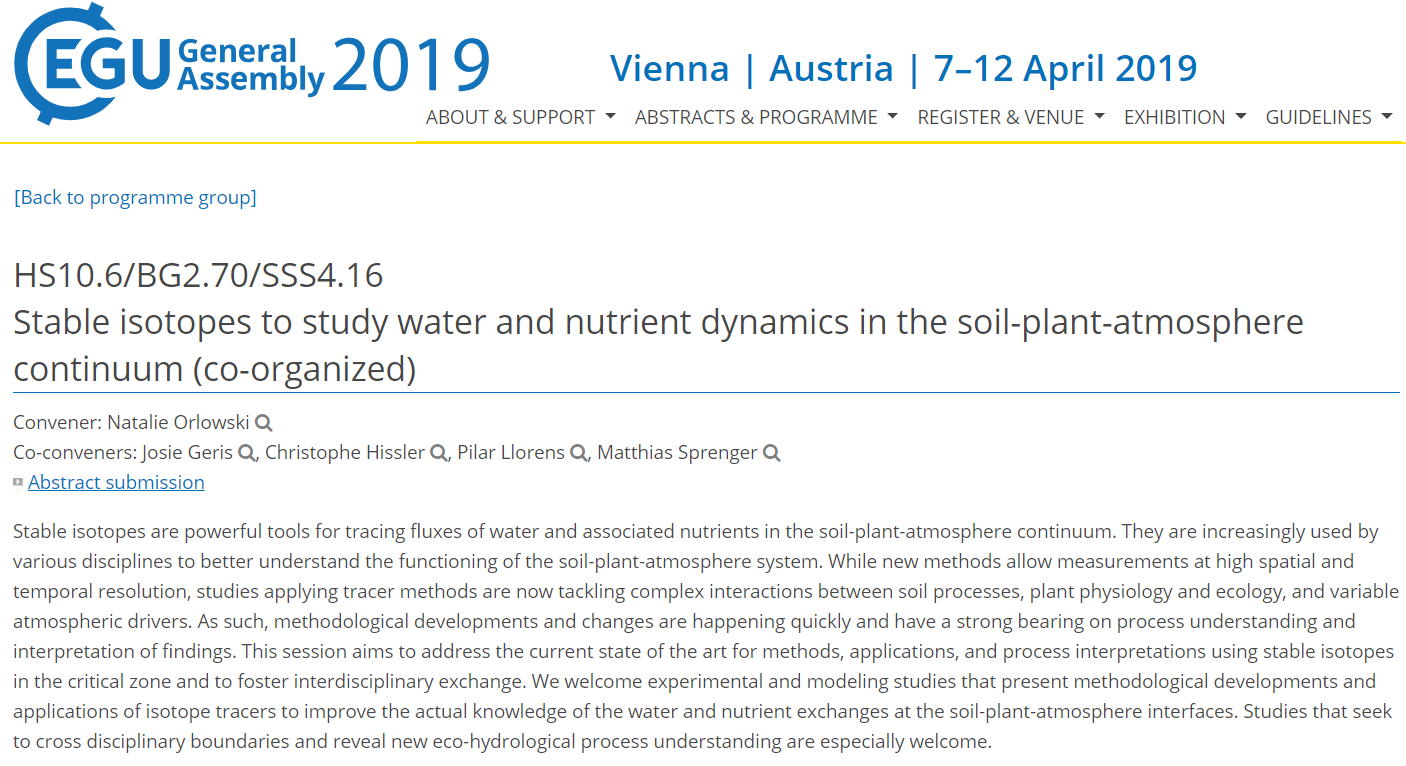
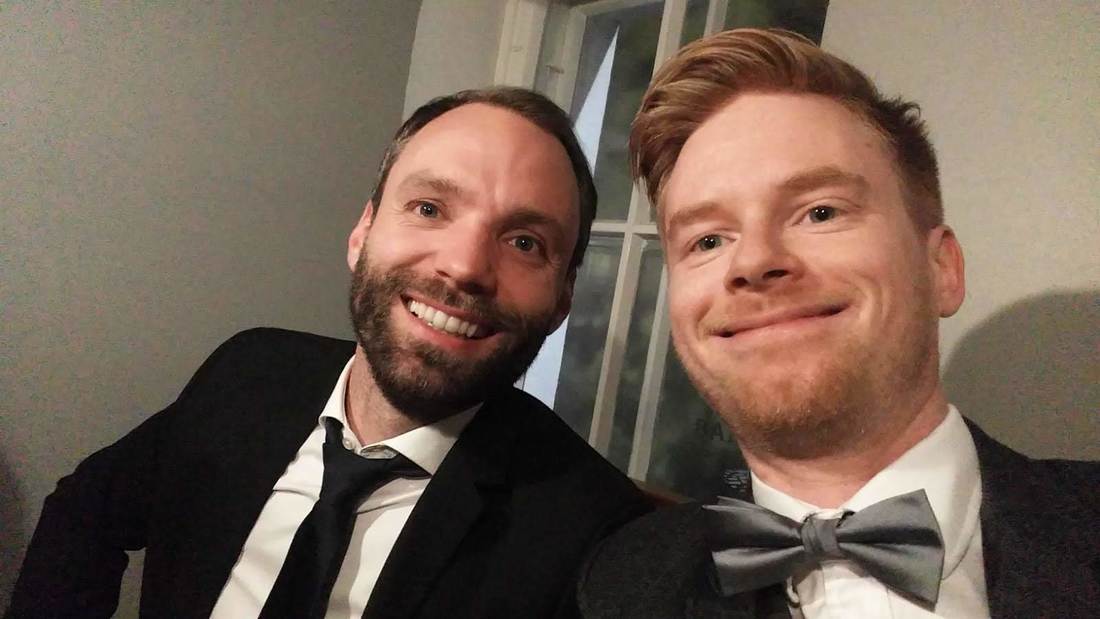
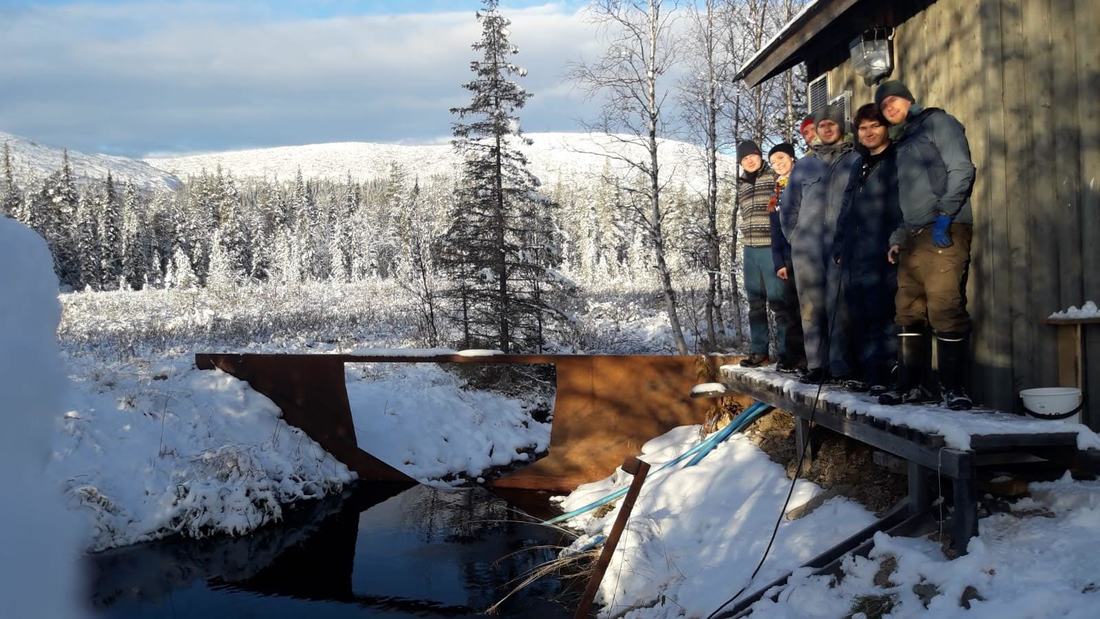
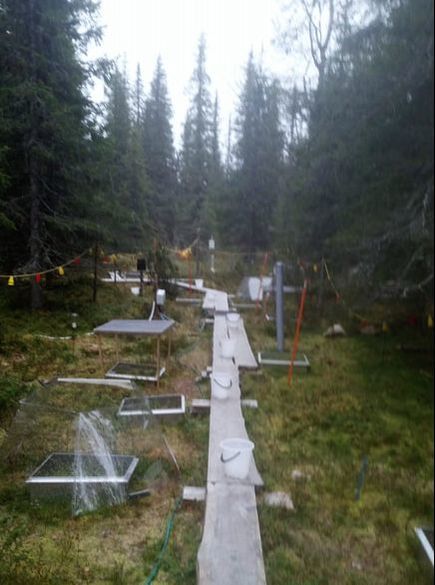
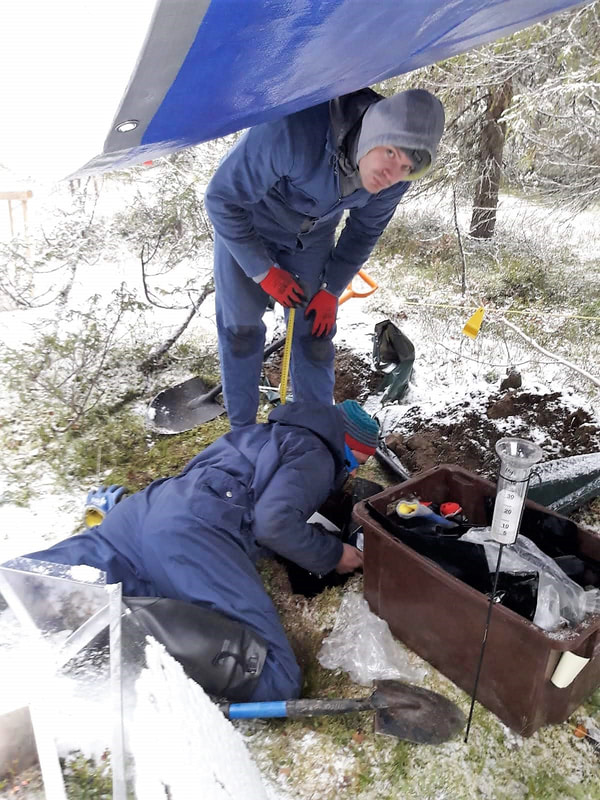
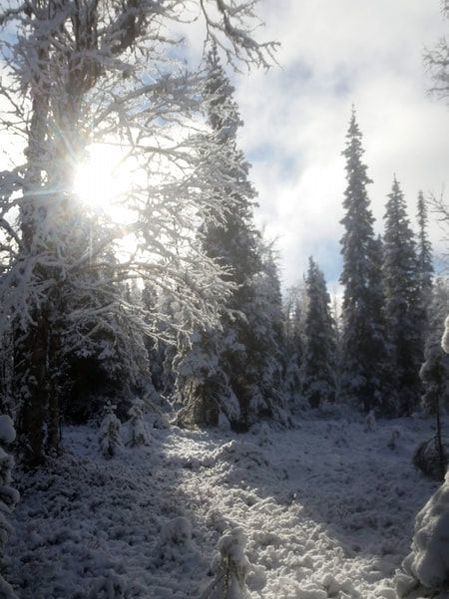
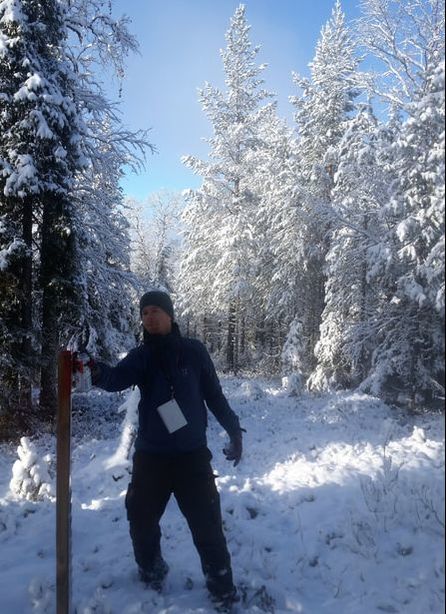
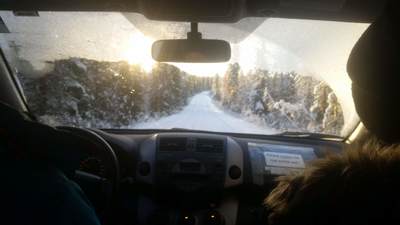
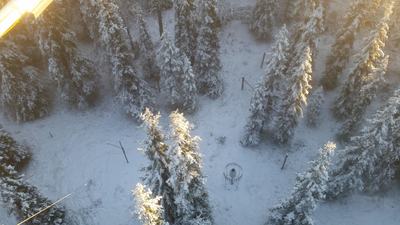
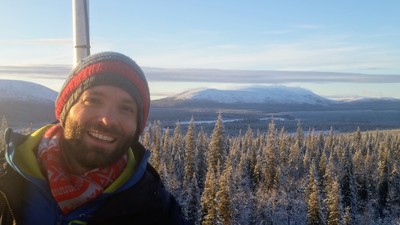
 RSS Feed
RSS Feed
